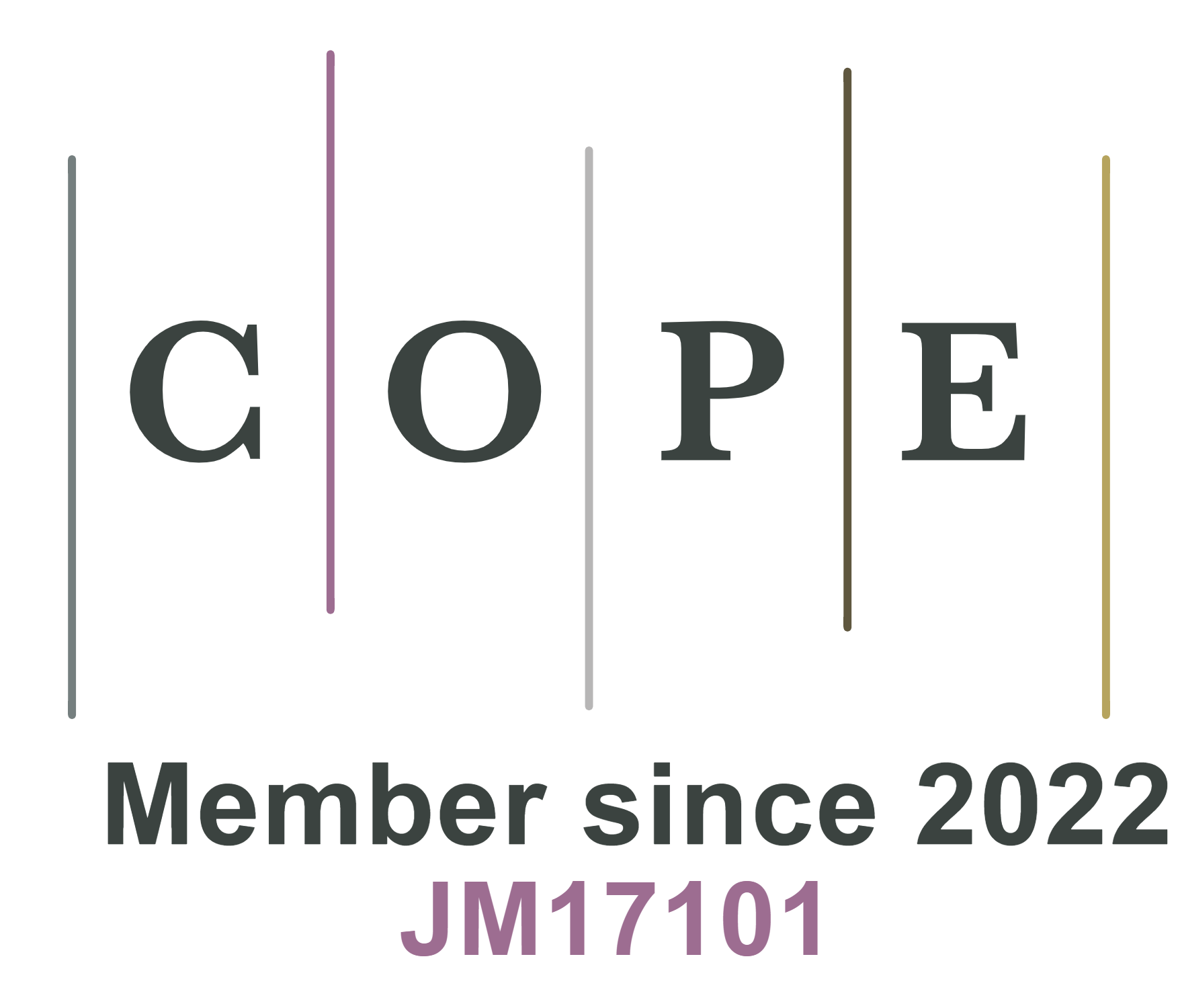Layered oxide cathodes for potassium-ion batteries: challenges, strategies and perspectives
Abstract
Potassium-ion batteries are currently garnering extensive focus on account of the cost-effectiveness and generous supply of potassium resources. Investigating outstanding electrode materials that exhibit favorable performance is essential for the advancement of these batteries. Layered transition metal oxides have emerged as a highly promising cathode material owing to their high capacity and facile synthesis. However, their effective application is hindered due to inadequate performance, which can be ascribed to irreversible phase transition, air instability and interfacial instability. Herein, this review comprehensively outlines the causes of these three key scientific issues and proposes some corresponding optimization strategies, mainly including element doping, surface modification, structural design, and electrolyte optimization, with the aim of offering insights for the prospective advancement of potassium-based layered oxide cathode materials.
Keywords
Potassium-ion batteries, layered oxides, irreversible phase transition, air instability, interfacial instability
Cite This Article
Tang W, Tang Y, Liu M, Cheng Y, Wang PF. Layered oxide cathodes for potassium-ion batteries: challenges, strategies and perspectives. Energy Mater 2025;5:[Accept]. http://dx.doi.org/10.20517/energymater.2025.11














